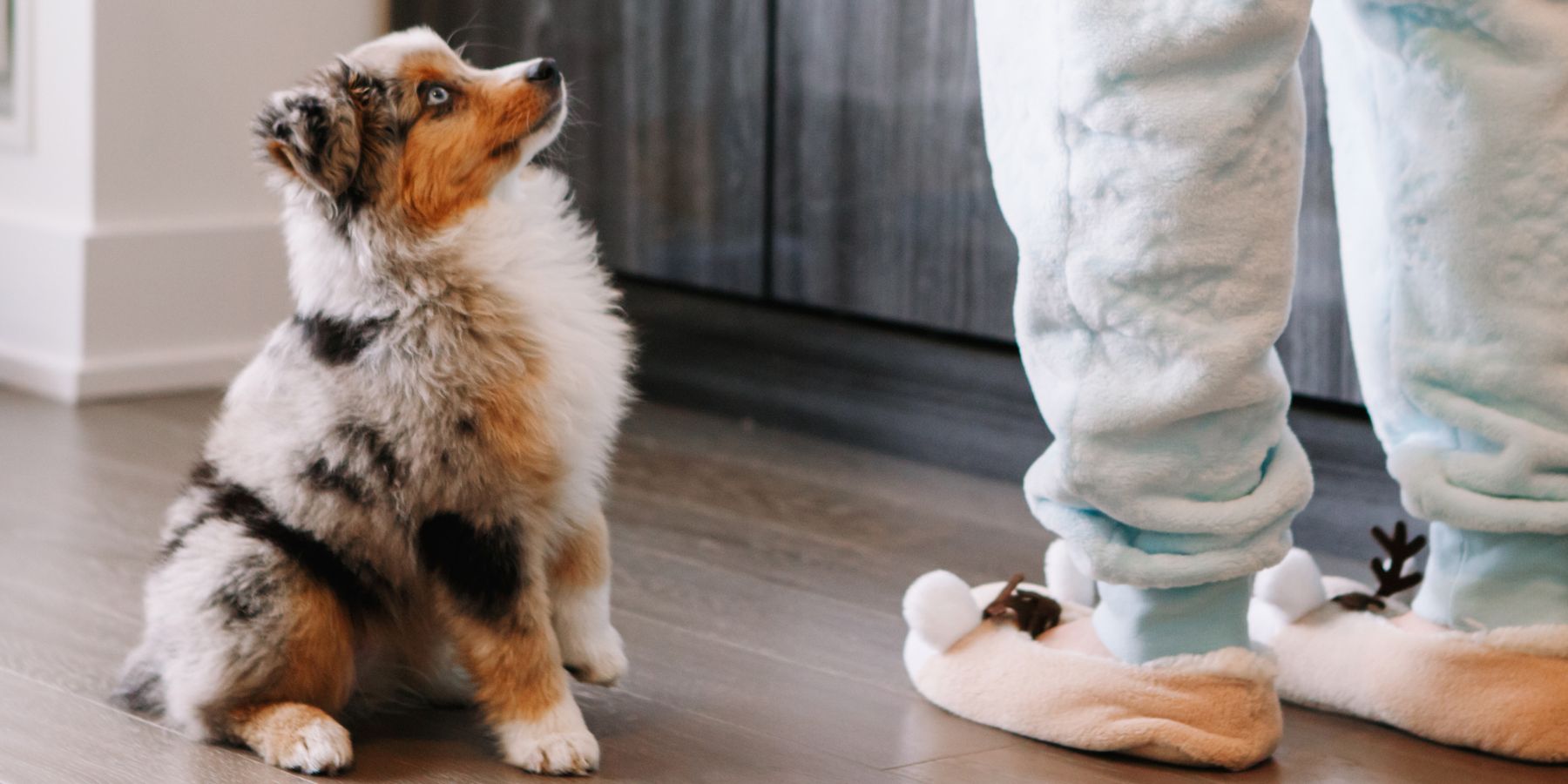When it comes to ensuring the safety and well-being of our beloved small dogs, many pet owners wonder whether using a harness is a safer choice compared to traditional collars. In this article, we'll explore the benefits of harnesses for small dogs and guide how to put a dog harness on to ensure a snug and secure fit.
The Safety Concerns for Small Dogs
Understanding the Risks
Small dogs, with their delicate necks and fragile tracheas, are more susceptible to injuries when wearing collars. The pressure exerted on the neck when a dog pulls on a leash can lead to various health issues, including tracheal collapse and neck injuries. This is where the use of harnesses comes into play.
Why Harnesses Are Safer for Small Dogs
Simple Explanations
Harnesses offer several advantages when it comes to the safety of small dogs:
1. Even Distribution of Pressure
Unlike collars, which concentrate pressure on the neck, harnesses distribute the force across the dog's chest and back. This helps prevent strain and potential injuries to the neck.
2. Reduced Risk of Choking
Harnesses eliminate the risk of choking or gagging, which can occur when a small dog pulls forcefully on a leash while wearing a collar.
3. Enhanced Control
With a harness, you have better control over your small dog's movements, making it easier to manage them during walks and preventing sudden lunges or escapes.
4. Minimized Escape Potential
Small dogs can sometimes slip out of collars, especially if they have tiny heads or are particularly agile. A harness offers a more secure fit, reducing the chances of escape.
5. Support for Training
Harnesses can be beneficial for leash training and managing a small dog's behavior, especially if they tend to pull or exhibit leash-reactive behavior.
How to Put a Dog Harness On? Simple Steps
Putting a dog harness on your small pup may seem challenging at first, but with practice, it becomes straightforward. Here's a step-by-step guide:
Choose the Right Harness: Ensure you have the correct size and type of harness for your small dog. The harness should fit snugly but not be too tight.
Open the Harness: Lay the harness flat on the ground with the D-ring (the leash attachment point) facing up.
Position Your Dog: Gently guide your dog to step into the harness, one leg at a time. Ensure the harness is oriented correctly, with the D-ring on your dog's back.
Secure the Harness: Lift the harness over your dog's back and fasten the buckle or clips. Ensure that all straps are properly secured but not too tight. You should be able to fit two fingers comfortably under the straps.
Adjust for Fit: Check that the harness fits your dog snugly but allows for comfortable movement. Make any necessary adjustments to the straps to achieve the right fit.
Attach the Leash: Once the harness is securely on your dog, attach the leash to the D-ring. Ensure it's fastened properly to prevent any accidental escapes.
Check for Comfort: Gently tug on the leash to ensure the harness doesn't cause discomfort or chafing. Your small dog should be able to move freely and comfortably.
By following these steps, you can ensure that your small dog's harness is securely and comfortably fastened, providing both safety and control during walks.
Wrapping Up
In the quest for the safety and well-being of your small dog, choosing a harness over a collar is a wise decision. Harnesses offer numerous benefits, including even pressure distribution, reduced choking risk, enhanced control, and minimized escape potential. Learning how to put a dog harness on properly ensures that your small dog can enjoy walks comfortably and securely.
Remember, always choose the right size and type of harness for your small dog's specific needs, and regularly check the fit to ensure their comfort and safety. Your small pup will appreciate the extra care and attention you provide to keep them safe during your adventures together.


